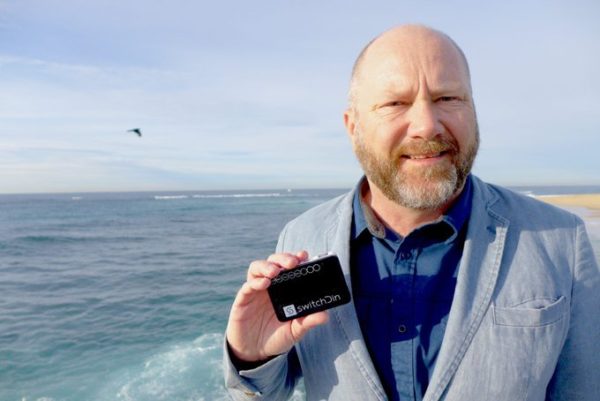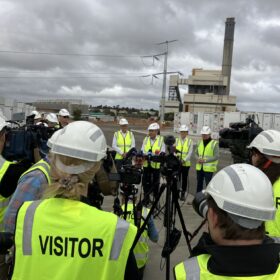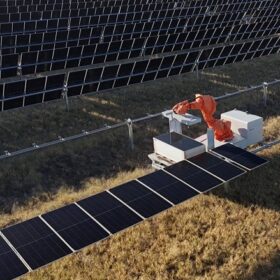Australian technology company SwitchDin has joined a group of companies including tech developer Google Nest and automotive giants GM and Ford as founding members of the Virtual Power Plant Partnership (VP3) initiative which has been launched to help catalyse potential for rapid growth of virtual power plants (VPPs) in the United States (U.S.).
Energy transition non-profit Rocky Mountain Institute (RMI) will host the initiative, which the companies said will set standrads and also aim to shape policy, regulations, and the market rules required to promote the use of VPPs.
VPPs essentially aggregate the latent potential of decentralised energy resources like household solar and battery installations and electric vehicles (EVs) to support the grid. These devices can be flexibly charged, discharged, or managed to meet grid needs. In this way, VPPs can provide many of the same services as a traditional power plant.
The technology is now firmly established in Australia and RMI Chief Executive Officer Jon Creyts said VPPs are positioned for “explosive growth” in the U.S., where the 2021 Inflation Reduction Act has created or increased tax incentives for solar panels, EVs and other devices whose output and consumption can be coordinated to smooth grid load.
RMI estimates that by the end of the decade VPPs could reduce U.S. peak demand by 60 GW, and by more than 200 GW by 2050.
“Our analysis shows that VPPs can reduce peak power demand and improve grid resilience in a world of increasingly extreme climate events,” Creyts said. “A growing VPP market also means revenue opportunities for hardware, software, and energy-service companies in the buildings and automotive industries. For large energy users, VPPs can significantly reduce energy spend while providing new revenue streams.”

Image: SwitchDin
SwitchDin founder and Chief Executive Andrew Mears said the Newcastle-based company, an early innovator in the DER space, is determined to take advantage of the market growth in the U.S. and will look to share knowledge and experience from Australia where VPPs have emerged as an important part of the new energy mix.
Mears, who has previously suggested Australia is three to four years ahead of the rest of the world when it comes to VPPs, said SwitchDin is now looking for partnerships to take its technology to American shores.
“The acceleration of clean energy and the electrification of transport and heating will lead to a more distributed electricity system capable of greater consumer participation and new prosumer-focused energy service models,” he said. “We are looking forward to sharing lessons from Australia and delivering our Stormcloud to US customers to help in this global challenge.”
RMI said the VP3 initiative will work to build a future where businesses, households, and communities are empowered through VPPs which can help to ensure cost-effective energy, emissions reductions, and a more resilient electric grid.
Mark Dyson, RMI managing director for carbon-free electricity, said VP3 will look to research, catalogue, and communicate VPP benefits; develop industry-wide best practices and standards; and inform and shape policy development.
“The next 12 to 24 months are critical for policy and program development to seize the potential offered by virtual power plants,” he said.
“Policy change, customer and stakeholder education, and unilateral action by individual businesses or organisations all take time and resources. We’re excited to partner in this work with leading businesses in VPP-related sectors including electric vehicles, building controls, residential energy technologies, utility-facing software solutions, and more.”
This content is protected by copyright and may not be reused. If you want to cooperate with us and would like to reuse some of our content, please contact: editors@pv-magazine.com.









By submitting this form you agree to pv magazine using your data for the purposes of publishing your comment.
Your personal data will only be disclosed or otherwise transmitted to third parties for the purposes of spam filtering or if this is necessary for technical maintenance of the website. Any other transfer to third parties will not take place unless this is justified on the basis of applicable data protection regulations or if pv magazine is legally obliged to do so.
You may revoke this consent at any time with effect for the future, in which case your personal data will be deleted immediately. Otherwise, your data will be deleted if pv magazine has processed your request or the purpose of data storage is fulfilled.
Further information on data privacy can be found in our Data Protection Policy.